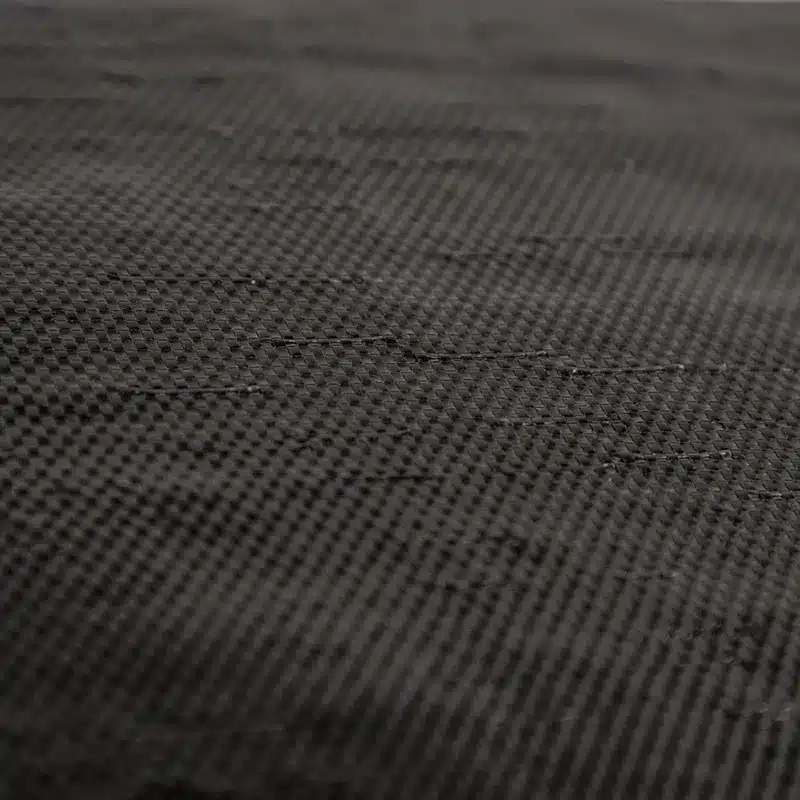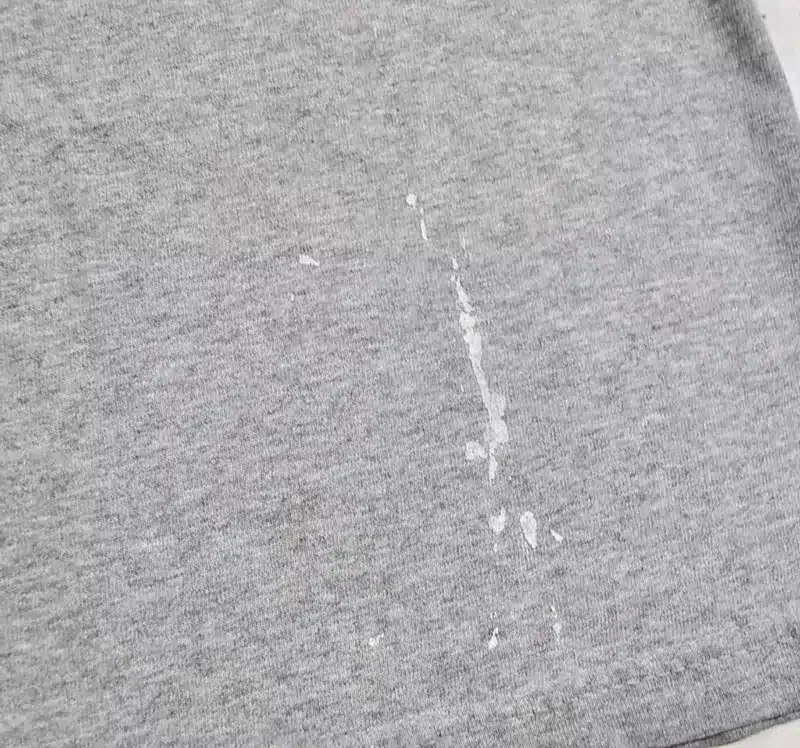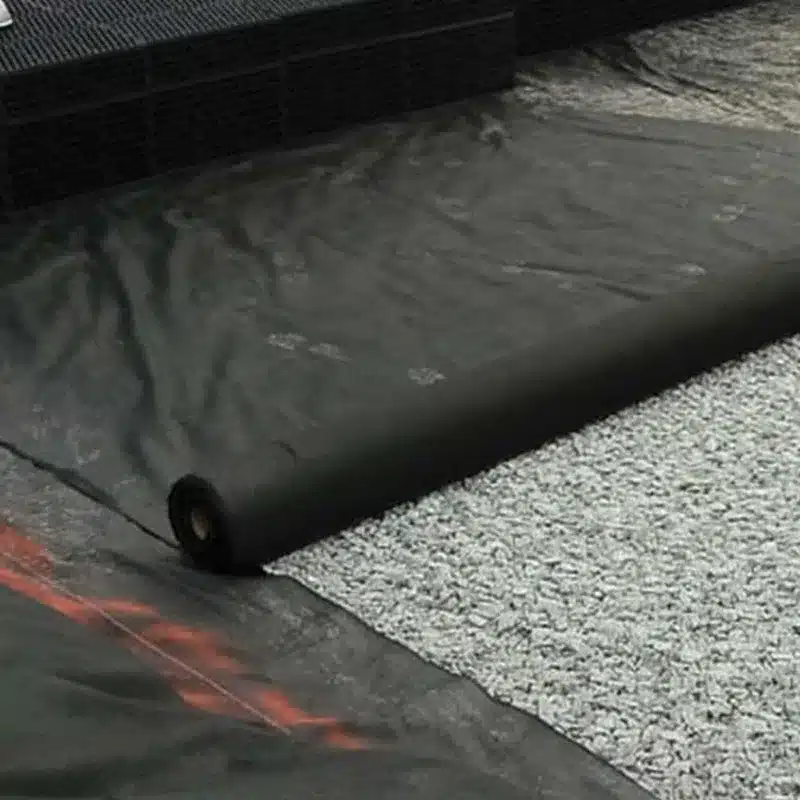+86-159 9860 6917
info@geofantex.com
geofantex@gmail.com
+86-400-8266163-44899
Weeds can be a persistent problem in gardens, stealing nutrients, water, and sunlight from your plants. One effective way to combat this issue is by using a weed barrier, also known as landscape fabric or garden fabric. This material acts as a protective layer, blocking sunlight and preventing weeds from sprouting while allowing water and nutrients to reach the soil. In this article, we’ll explore the best practices for using weed barriers in your garden, answering common questions to help you make the most of this gardening tool.
Should you put weed barrier around plants?
Yes, using a weed barrier around plants is a practical way to reduce weed growth and minimize garden maintenance. By placing the barrier around your plants, you create a physical barrier that prevents weed seeds from germinating and taking root. However, it’s essential to ensure that the barrier is properly installed, with enough space around the plant base to allow for growth and air circulation. Keep in mind that landscape fabric can also prevent water from getting to plant roots if not installed correctly, so proper installation and periodic adjustments are important. Over time, as plants expand, you may need to adjust the fabric to accommodate their growth.

What do you put under a weed barrier?
Before laying down landscape fabric as a weed barrier, it’s important to prepare the soil underneath. Start by removing any existing weeds or debris, as these can create bumps that may puncture the fabric. After clearing the area, you can place a layer of organic material such as compost or mulch under the landscape fabric. This not only improves soil quality but also adds extra protection against weeds. The organic layer will decompose over time, enriching the soil with nutrients while the fabric keeps weeds at bay.
How do you use garden weed barrier fabric?
Using garden weed barrier fabric is straightforward. First, clear the area of any weeds, rocks, or debris. Roll out the fabric over the desired area, making sure to overlap the edges by a few inches to prevent weeds from sneaking through the seams. Secure the fabric in place using landscape staples or pins, especially along the edges and around plants. Finally, cover the fabric with a layer of mulch or gravel to protect it from sunlight and enhance the appearance of your garden. This setup will help keep weeds under control while allowing your plants to thrive.
Should cardboard go over or under weed barrier?
Cardboard should go under the weed barrier, not over it. Placing cardboard underneath, whether under pavers or in garden beds, provides an additional layer of protection against weeds, especially for stubborn or deep-rooted varieties. The cardboard will eventually decompose, adding organic matter to the soil, while the weed barrier remains intact, continuing to block weed growth. This combination of cardboard and weed barrier fabric can be particularly effective in areas with heavy weed problems, offering a dual layer of defense.
Using a weed barrier in your garden is an effective strategy for controlling weeds and reducing maintenance time. By properly placing the fabric around your plants, preparing the soil underneath, and understanding how to use additional materials like cardboard, you can create a garden environment that promotes plant health while keeping weeds at bay. Whether you’re a seasoned gardener or just starting out, incorporating a weed barrier into your gardening routine can lead to healthier, more manageable garden spaces.



Get Free Sample
We’ll respond as soon as possible(within 12 hours)






















